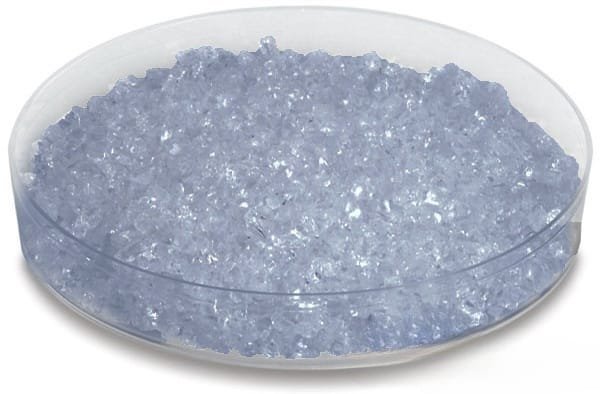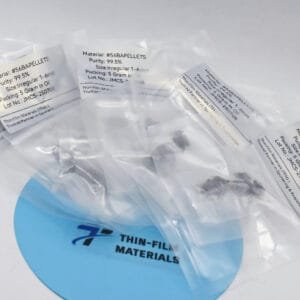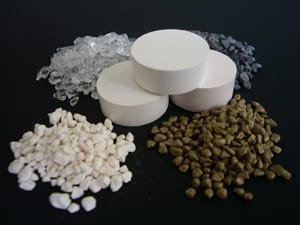Indium(III) Telluride Evaporation Materials Overview
Indium(III) telluride evaporation materials, identified by the chemical formula In2Te3, are a specialized ceramic used in various deposition processes. These materials are critical for achieving high-quality deposited films in a range of applications. TFM excels in producing In2Te3 evaporation materials with exceptional purity, reaching up to 99.9995%. Our rigorous quality assurance protocols ensure that each batch meets the highest standards of reliability and performance.
Product Variants
- Indium Evaporation Materials
- Telluride Ceramic Evaporation Materials
Specifications
| Material Type | Indium(III) Telluride |
| Symbol | In2Te3 |
| Appearance/Color | Blue cubic crystals |
| Melting Point | 667 °C (1,233 °F; 940 K) |
| Density | 5.75 g/cm3, solid |
| Purity | 99.9% ~ 99.999% |
| Shape | Powder/ Granule/ Custom-made |
Applications
Indium(III) telluride evaporation materials are widely used in:
- Semiconductor Deposition: Essential for creating high-quality semiconductor layers.
- Chemical Vapor Deposition (CVD): Important for producing thin films and coatings.
- Physical Vapor Deposition (PVD): Utilized in creating durable coatings and film layers.
- Optics: Applied in wear protection, decorative coatings, and display technologies.
Packaging
To maintain the integrity of the indium(III) telluride evaporation materials, they are securely packed in plastic vacuum bags. This packaging protects the materials during storage and transit, preserving their quality. Additionally, a Certificate of Analysis (COA) is included with each shipment to verify the product’s specifications.
Contact Us
TFM is dedicated to providing high-purity indium(III) telluride evaporation materials tailored for advanced semiconductor, CVD, PVD, and optical applications. Our team’s expertise in engineering, manufacturing, and analytical processes ensures that we deliver superior products. For more information or to request a quote, reach out to us today.


 MSDS File
MSDS File



Reviews
There are no reviews yet.